Auckland
Equitable housing versus special character was the crux of the debate as eight local boards presented their case on new zoning rules to Auckland Council
Eight local boards from the four corners of inner Auckland presented a wide range of views to their council masters on the impending new zoning rules, which will see increased urban intensification.
The submissions came in anticipation of councillors on the planning committee voting on whether to expand the criteria for special character areas and therefore increase the proportion of the city protected from intensive development.
The move lost narrowly, with 11 votes to 10, in a clash of ideals mirroring those of the local board representatives themselves.
Of the eight local boards in attendance, three implored the council to keep or increase special character protections (Devonport-Takapuna, Kaipātiki and Ōrākei), while five were on the side of reducing those protections to allow for freer development and intensification (Albert-Eden, Henderson-Massey, Puketāpapa, Waitematā and Whau).
The two sides of the debate were argued passionately, with a range of consequences prophesied for both paths Auckland may take into the future. They go from losing a sense of history and jamming up already congested parts of the city, to a further slide into Aucklanders spending their lives squinting at unmoving taillights on the motorway and the young and poor remaining locked out of the housing market.
These are the debates as each local board representative put them forward, hoping they could persuade sitting councillors they could envision the best possible future for Auckland, showing a distinct north-south and east-west split in opinion.
Albert-Eden
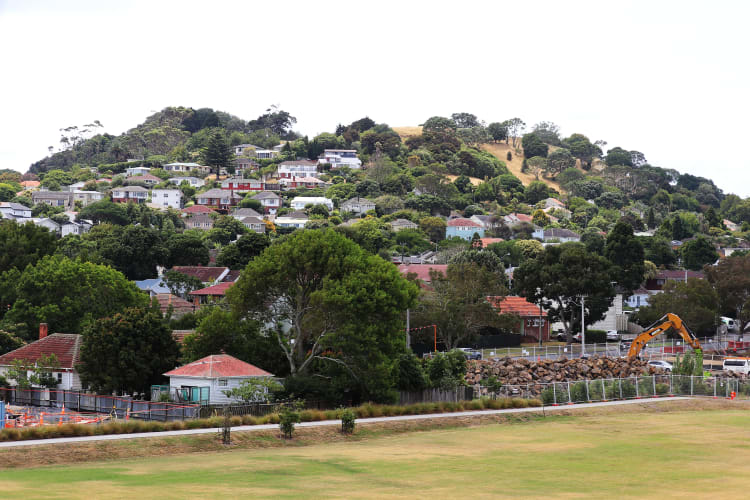
Chair Margi Watson spoke for this centrally-located ward, which includes the relatively high-density suburbs of Pt Chevalier, Waterview, Mt Albert, Mt Eden, Kingsland, Balmoral, Epsom, Greenlane and Sandringham.
The Albert-Eden local board supported proposed walkable catchment areas, which allow intensified development within walkable distance of transport hubs and town centres, and considering significant infrastructure constraints and special character areas of high quality as qualifying matters, meaning development could be prevented in these areas.
Watson specifically pointed out stormwater disposal issues in the ward that should be identified before widespread development is allowed.
“There’s quite a big wet puddle on the map … where there’s those stormwater disposal issues,” she said.
She said while the board broadly supported special character, it has specific caveats that need to be answered to first.
“We continue to raise and retain some specific reservations around the effect of including the large portions of the land around rapid transit stations and town centres in Albert-Eden as special character areas,” she said, adding “This severely limits the potential for new dwellings with implications on emission reductions and Auckland becoming a compact city – and we are very central on the isthmus”.
The Albert-Eden board also wanted to see future plan changes once the light rail stations had been confirmed, and improvements to the walkability of the so-called ‘walkable catchment areas’.
“We’d like to see Auckland Transport be looking at improving footpaths, shade through the planting of street trees, improving and increasing pedestrian crossing points and installing drinking fountains,” Watson said.
Devonport-Takapuna

For chair Ruth Jackson and member Trish Deans from Devonport-Takapuna local board, the national policy statement on urban development (NPS-UD) is a “one-size-fits-all approach” they don’t believe will work for Auckland, much less for the historic neighbourhoods of the access-challenged Devonport peninsula.
“The Auckland Unitary Plan achieves all the goals that the NPS-UD aspires to,” Jackson said, adding that the new Government-deigned zoning rules “focus on quantity at the expense of quality, community and social outcomes”.
This local board wanted to see walkable catchments decreased in size and sunlight controls brought in as a qualifying matter, which would potentially disallow new buildings blocking the light for their neighbours.
Jackson pointed out that Lake Rd, the main arterial route into Devonport, is “notoriously one of New Zealand’s most congested”, which the board believed makes the entire peninsula unsuited for intensification.
Deans said 74 percent of locals surveyed in the ward supported existing or proposed special character areas, and argued these protections could also provide a “soft buffer zone” to safeguard the maunga of North Head.
Henderson-Massey
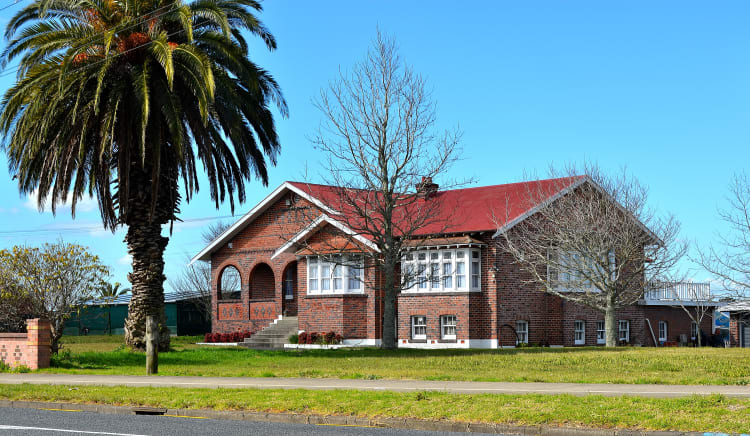
Member Brooke Loader presented to the council on behalf of her local Henderson-Massey, and said residents of the Western ward want a well-functioning urban environment with affordable housing, improved transport access and lowered carbon emissions.
To that end, she said the majority of Henderson-Massey supports intensification inside walkable catchments around the edge of the metropolitan town centre, transport hubs and areas with good accessibility.
She said special character areas – often situated in more central suburbs like Remuera or Devonport – mean development is unfairly pushed out west to an area with “crumbling” infrastructure.
“By protecting some areas of Auckland from development over more far-flung areas like us, this will negatively affect large parts of West Auckland that are already bursting at the seams with development,” she said.
On top of that, Loader contended recent council consultation was not representative of her ward, given the area of 118,000 people was the source of only 310 submissions.
“We submit that the findings of the feedback does not really present a true picture on behalf of the residents when compared to Kantar’s independent survey,” she said.
Data from the Kantar survey showed awareness of the new rules to be lower among groups that make up proportionately more of Henderson-Massey than some other parts of Auckland, such as renters and young people.
Loader’s summarised her own submission by tweeting a picture of her notes: a notepad emblazoned with the word ‘equitable’ in all caps.

Kaipātiki
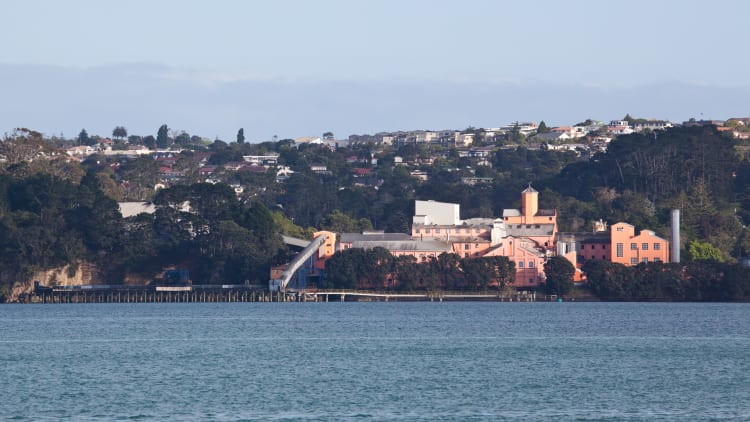
Deputy chair Danielle Grant spoke for Kaipātiki local board, which covers North Shore suburbs like Beach Haven, Birkenhead, Glenfield, Hillcrest and Northcote.
She said the people of her ward are very against reducing protection for special characters areas, and said intensification could not go ahead, with current gaps in transport infrastructure such as a lack of rapid buses along Northcote and Birkenhead Points and a ferry service significantly impacted by weather conditions.
“Our people are angry,” she said. “I have had people in tears over the stress … elderly homeowners who are deeply concerned about the lack of information, the rushed process and the uncertainty of their special character homes.”
Grant denigrated the council’s process of assigning special character values to houses, some of which was done through Google Street View due to Covid restrictions.
“A Google Street View search is a weak process and it was prone to significant errors,” she said. According to Grant, these errors included misnumbered and duplicated properties due to almost a third of properties in Northcote Point being difficult to see from the road.
“It only serves to reinforce the low trust rating our community have in Auckland Council.”
She said wanting to protect special character did not preclude the people of Kaipātiki from supporting the development of warm, dry and affordable homes, pointing to widespread support for the large Kainga Ora development in Northcote, where 1700 new homes are planned over the next five years.
“We’ve got Northcote and we’re proud of that development,” she said, adding that unlike some other areas in the ward, infrastructure to the development could effectively manage the increased density.
Ōrākei
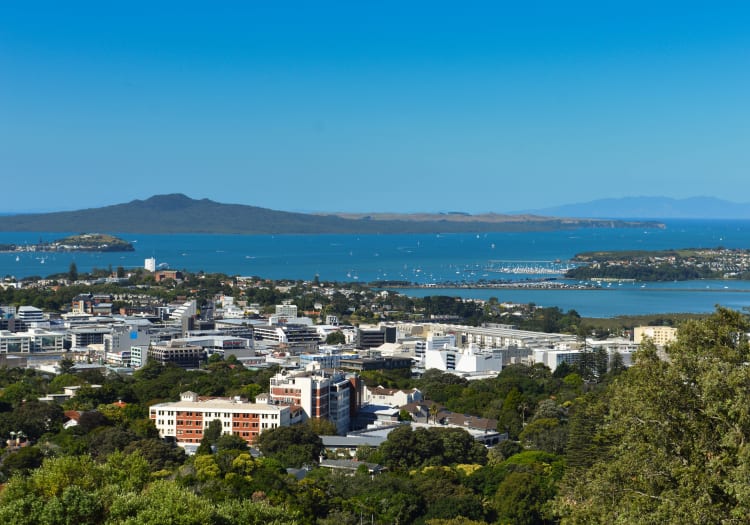
Ōrākei local board member Troy Churton called for a precautionary approach on behalf of the people of areas like Mission Bay, St Heliers, Meadowbank, Remuera, Glendowie, and St Johns.
He said his ward has medium- and higher-density zoning in place already, and didn’t see the need to reduce special character protection to increase this.
“We are playing our part as an inner-city area to enable intensification and ultimately access to housing,” he said, before calling back to Auckland Council chief of strategy Megan Tyler’s comments in a June workshop that the new zoning could give three times the capacity for housing even if special character areas are retained.
He supported the inclusion of four-scoring houses into the special character criteria, which would increase the amount of areas in the overlay.
Like a few of the speakers who supported retention of special character areas, he cautioned that once special character is gone, there’s no getting it back.
“Best practice would be a precautionary approach,” he said. “It’s just not good governance to throw the baby out like that.”
Puketāpapa
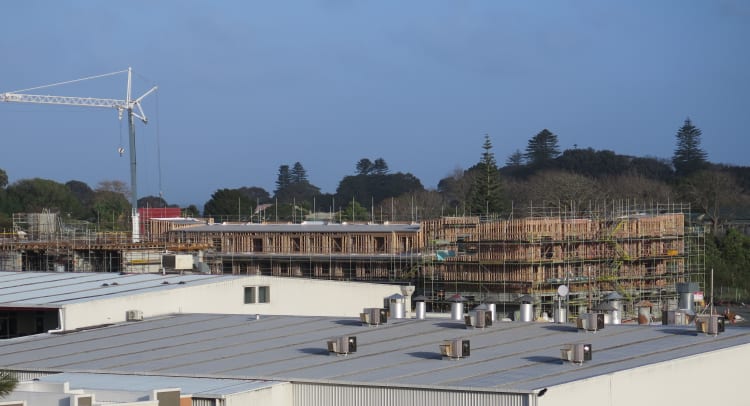
Deputy chair Jon Turner said feedback from the residents of areas like Three Kings, Hillsborough, Waikowhai, Lynfield and Wesley saw broad support for keeping catchment proposals as they currently stand.
Around 40 percent of residents’ feedback was support for keeping special character areas as they are, while almost a third of people wanted no special character protection at all.
Turner’s first request was for the disestablishment of special character areas within walkable distance of rapid or frequent transport networks.
“It’s really important we are intensifying those areas when we are building a compact city,” he said. “Providing housing equitably and climate action – that’s what it is.”
He pointed to areas like Kingsland and Morningside as ripe for intensification and the kinds of places where people will want to be living car-free.
“Once light rail goes through, those are going to be some of the busiest stations in the country,” he said. “These are the places where people need to be able to live.”
He noted there was still ample ability to protect heritage buildings and sites without special character, seeing as the often-conflated special character category and heritage list are distinct.
Finally, Turner was downhearted at the council’s unwillingness to add ecological protections to the discussion at hand, highlighting areas like Wairaki Stream as needing safeguarding.
“It’s quite disappointing to get the reply when I asked about this that there wasn’t the time to be able to review special ecological areas,” he said. “I found it a bit interesting and sad that we have chosen to prioritise the protection of special character rather than special ecological areas.”
Waitematā
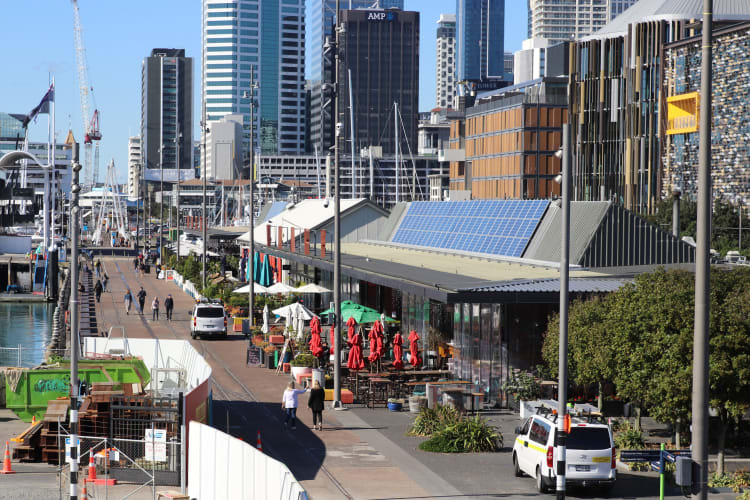
Speaking for Waitematā local board, which covers the CBD and surrounding suburbs, chair Richard Northey and deputy chair Alexandra Bonham spoke of the need for an accessible and affordable city, and opposed the expansion of special character protections.
Northey spoke about how much Auckland house prices have grown over the last eight years since the Auckland Unitary Plan was developed, and letting people back into the housing market could have an effect on emissions as well.
“Prices of homes in Auckland have skyrocketed out of the reach of working families who need to live near the city,” he said. “Climate change is occurring more rapidly and intensively than predicted… young people must be spared endless car drives to their work, education and recreation.”
Meanwhile, deputy chair Alexandra Bonham said good design could allow for intensification served by infrastructure, especially in special character areas allowing for mixed use.
“If designed well, density throughout the city could be a good thing – there are enormous gaps throughout the city,” she said. “Buses seem to be notable in their absence in the proposal: if we could up-zone on all of these bus routes, it would create that mixed use 15-minute city that would mean that you would not need to have a car.”
Whau
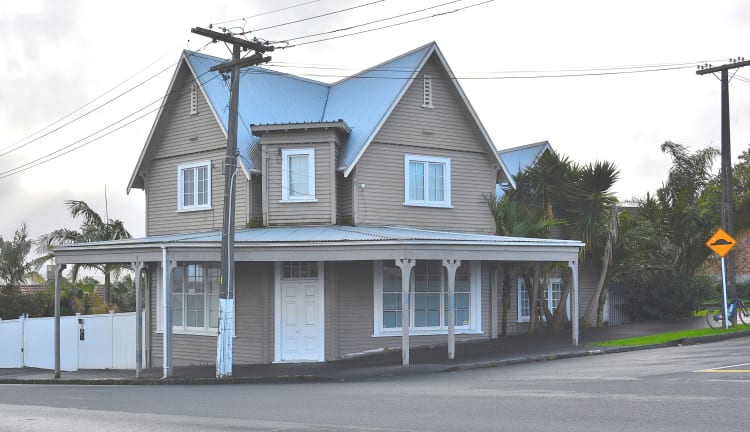
Whau local board chair Kay Thomas was there to represent the people of suburbs like New Lynn, Avondale, Green Bay, Kelston, New Windsor and Blockhouse Bay.
She said the board voted to support preliminary proposals for allowing increased intensification, but highlighted the need for high-quality design.
“We’ve had people tell us that without intensive developments, they have no hope of ever owning their own homes. This is especially true of our younger generation,” she said. “However, seeing the benefits of intensification does not mean we are turning a blind eye to its disadvantages and the support it requires.”
While the board was largely behind the NPS-UD, it saw greater need for higher-quality urban form, preparedness for climate change and provision of green space.
“We urge councillors to take a more holistic approach and support intensification with a range of environmental and social measures,” she said. “AT should be considering population projections rather than waiting until after people have moved in.”
Finally, Thomas contended that continuing to exempt certain areas from intensification would only exacerbate issues of inequality across Auckland.
“If councillors vote to retain or extend the proposed special character areas, intensification will continue to be centred on Auckland’s more deprived areas,” she said. “I ask that you ensure that if deprived areas continue to experience a disproportionate share of Auckland’s intensification, that council carefully considers how future assets can be allocated to address such inequality.”

